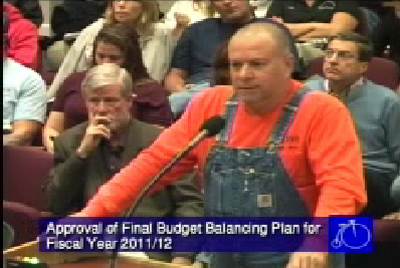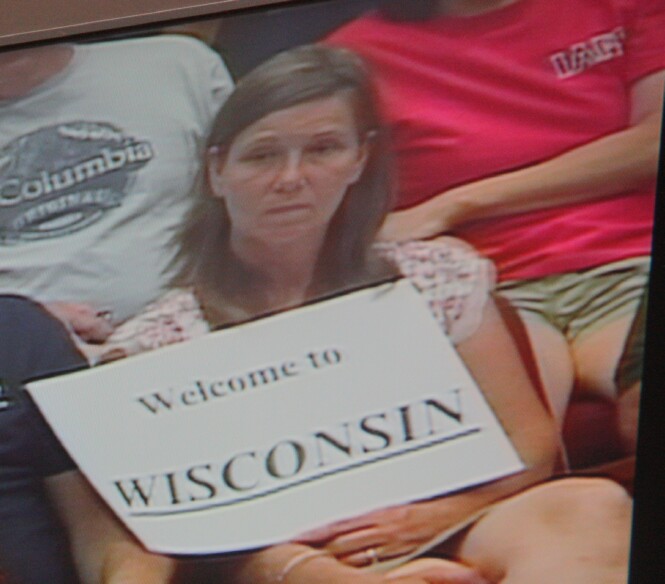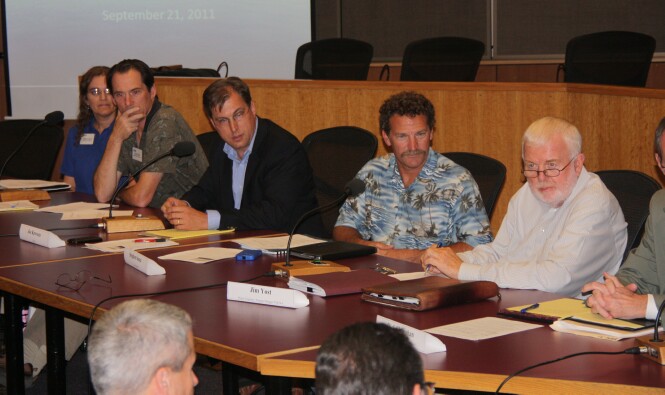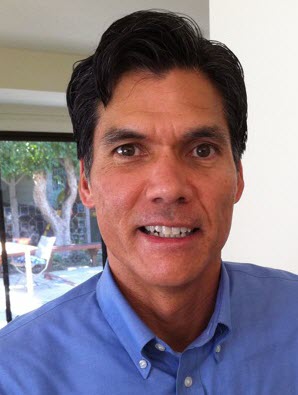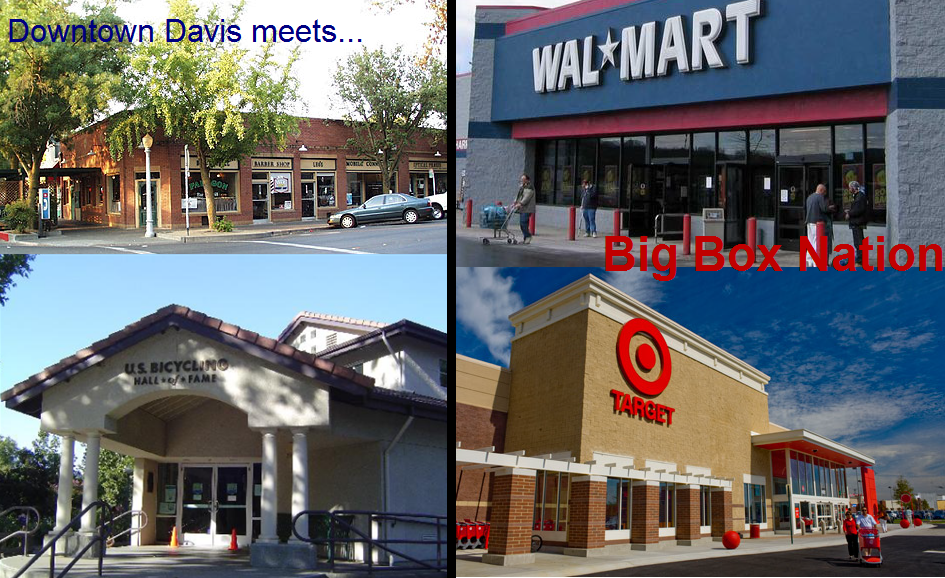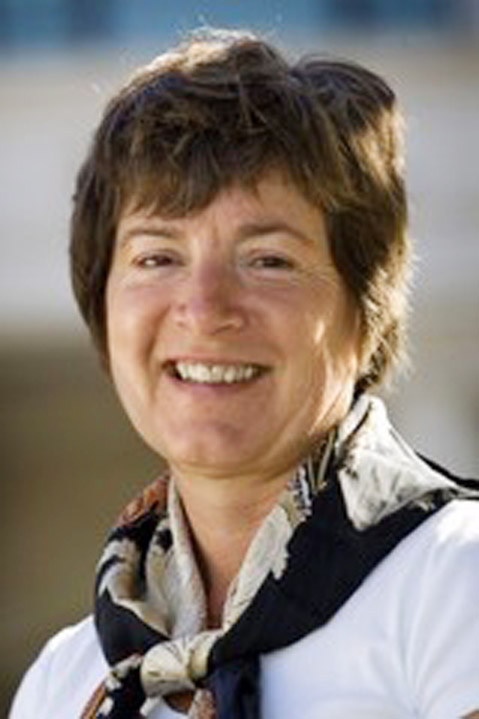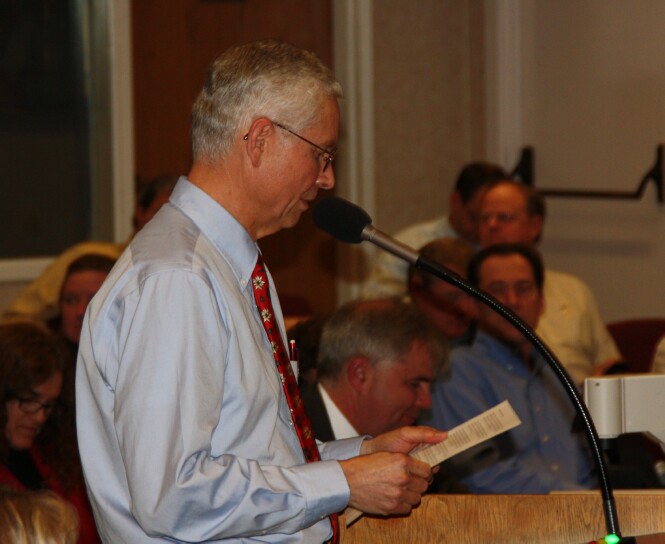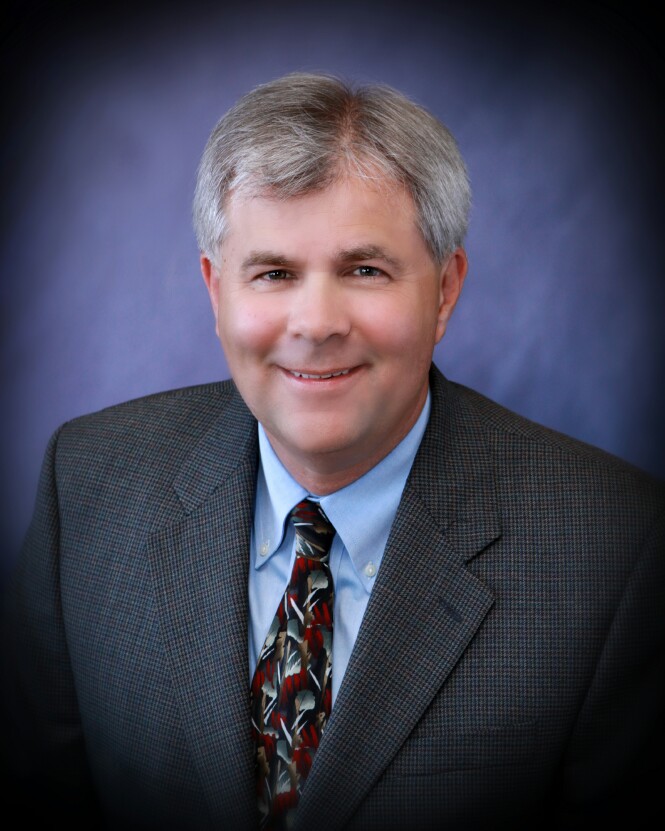My View: Water – We Called This Right in 2008
 One of the more interesting pieces of communication this week came from a community member who reminded us of a December 2008 piece that in many ways delineated perfectly “how a seemingly casual accumulation of small quasi-decisions that weren’t really public-vetted actual decisions were crushing and confining our water planning into a straitjacket.”
One of the more interesting pieces of communication this week came from a community member who reminded us of a December 2008 piece that in many ways delineated perfectly “how a seemingly casual accumulation of small quasi-decisions that weren’t really public-vetted actual decisions were crushing and confining our water planning into a straitjacket.”
As we lament the current state of affairs, we now find ourselves behind the proverbial eight ball, trapped into either a bad deal with Woodland or forced to beg West Sacramento for relief.

 The staff report to next week’s WAC meeting and attached letters of correspondence suggest that the West Sacramento water alternative is dead. While Mayor Joe Krovoza believes this is the end of the line for the West Sacramento option, his colleague Brett Lee thinks it is too soon to close the door completely.
The staff report to next week’s WAC meeting and attached letters of correspondence suggest that the West Sacramento water alternative is dead. While Mayor Joe Krovoza believes this is the end of the line for the West Sacramento option, his colleague Brett Lee thinks it is too soon to close the door completely. COMMENTARY – When the WAC passed a compromise motion in mid-August they were clear that Woodland was their preferred alternative. Indeed, several of the members of the WAC actually would have preferred recommending the Woodland option and moving on.
COMMENTARY – When the WAC passed a compromise motion in mid-August they were clear that Woodland was their preferred alternative. Indeed, several of the members of the WAC actually would have preferred recommending the Woodland option and moving on.